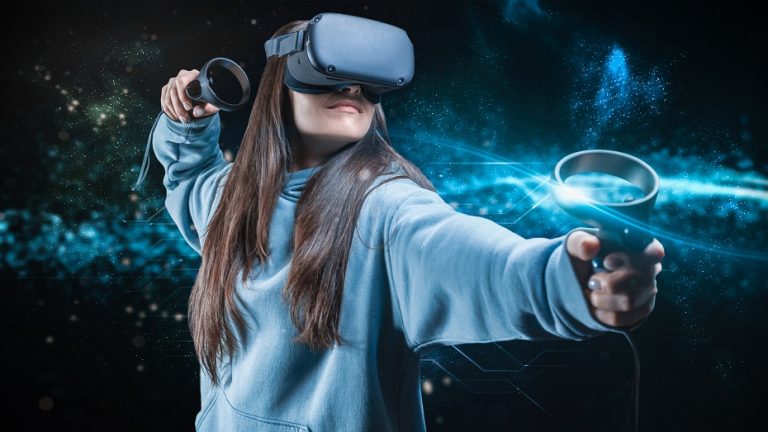Introduction
In the realm of competitive gaming, technology has been a key driving force in revolutionizing the landscape, offering players and spectators an immersive and captivating experience like never before. With the advent of Virtual Reality (VR) and Augmented Reality (AR), the boundaries of the gaming world are expanding, promising a future where gamers can step into their favorite games and experience them in a whole new dimension. Esports, which has already emerged as a global phenomenon, is now at the forefront of this technological shift, leveraging VR, AR, and other innovative solutions to enhance the gaming experience for both players and viewers.
The Rise of VR and AR in Esports
Virtual Reality (VR) and Augmented Reality (AR) technologies have significantly impacted the esports industry, providing gamers with an unprecedented level of immersion and interactivity. VR headsets allow players to step into a virtual environment, where they can physically engage with the game, creating a sense of presence and intensity that was previously unattainable. On the other hand, AR overlays digital elements onto the real world, enabling gamers to merge the virtual and physical realms seamlessly.
Enhanced Spectator Experience
Beyond the players, VR and AR have also transformed the way spectators engage with esports events. VR technology enables viewers to experience matches as if they were seated in the arena, providing a 360-degree view and real-time statistics, ultimately enhancing the overall viewing experience. AR, on the other hand, can offer real-time data overlays during live broadcasts, providing viewers with insightful statistics and enhancing their understanding of the gameplay dynamics.
Challenges and Opportunities
While the integration of VR and AR in esports presents a multitude of opportunities, challenges also exist. The high cost of VR and AR equipment remains a barrier for widespread adoption, limiting accessibility for many gamers and spectators. Moreover, ensuring seamless integration of these technologies with existing esports infrastructure requires substantial investment and technical expertise.
However, the evolving nature of technology also brings forth opportunities for innovation. As VR and AR become more affordable and accessible, esports organizations can leverage these technologies to create unique gaming experiences and attract a wider audience. Additionally, the development of cross-platform compatibility and user-friendly interfaces can further enhance the adoption of VR and AR in the esports ecosystem.
The Future of Immersive Gaming Experiences
Looking ahead, the future of esports appears increasingly intertwined with immersive technologies. The integration of VR and AR is expected to redefine the gaming experience, allowing players to interact with their favorite games in ways previously unimaginable. As the technology continues to advance, esports events are poised to become more interactive and engaging, fostering a stronger sense of community among players and spectators alike.
Conclusion
Technology, particularly VR and AR, is playing a pivotal role in reshaping the landscape of esports, offering a glimpse into a future where gaming experiences transcend the boundaries of traditional gameplay. While challenges persist, the potential for immersive gaming experiences is vast, promising a dynamic and interactive future for esports enthusiasts worldwide.










Add comment